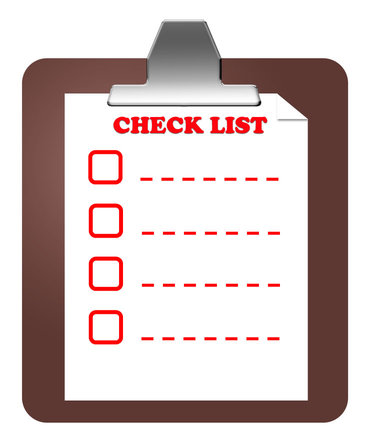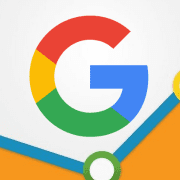The On Page SEO Checklist
 Things go in and out of favor in SEO all the time, but some things seem to never change. While content creation is the new buzzword and link building is enduring a big face lift, on page optimization stands tall as a piece of tradition surviving on, much as it has for years. Of course, there have been some tweaks, but largely on page optimization remains as one of the easiest methods of site optimization to implement and understand.
Things go in and out of favor in SEO all the time, but some things seem to never change. While content creation is the new buzzword and link building is enduring a big face lift, on page optimization stands tall as a piece of tradition surviving on, much as it has for years. Of course, there have been some tweaks, but largely on page optimization remains as one of the easiest methods of site optimization to implement and understand.
On page optimization is also special in SEO in that we know fairly certainly the best ways to handle this type of optimization. Everything else may be up for some level of debate, but on page SEO can be distilled down to a simple checklist, such as the one CanuckSEO recently shared. This checklist works with any type of CMS or page editing method you want to use, all you have to do is make sure you follow through with every step, in order.
- Page Title – Each and every page needs a unique and informative page title, and they all need to be less than 70 characters. Okay, the 70 character limit is a guesstimate which many will question, but the point is you need to distill every page into a short and sweet title. Trying to use generic or repetitive titles won’t get anyone, including search engines, interested in what you’re offering.
- Keyword importance – When adding tags or keywords, try to keep them arranged left to right, or in descending importance. Search engines read tags and keywords as a hierarchy so it is best to show them the most important first.
- META Descriptions – Each page also needs its own description. Search engines look for these descriptions to understand what your page is essentially about, and searchers are generally hesitant about sites without descriptions in the search engines. Let people know about the content you want them to see.
- H1 Headline – Every page needs a headline, just like newspapers and your old school papers. Every page only needs one, but without a title the page is just woefully incomplete.
- Body Text – Write your body text as you think others would like to read it, but also be sure to include your keywords. Don’t go crazy and force the keywords in the text in ways that don’t make sense, but make sure you’re keeping your message targeted and using the words you want people to search for. Moderation is definitely key here.
- Image SEO – This is where most people get lazy. Images without names, or strings of letters and numbers for their names, don’t have the weight that images with full titles, alt-text, and descriptions will. Keeping content organized and fully tagged is better for search engines, so don’t skimp.
- On Page Internal Links – Links are scrutinized by Google just as much as every other page element, if not more, so keep your on page links fully readable and relevant. Trying to pigeonhole links just to squeeze them in will only lower your relevancy overall, so keep links well focused.
Most importantly, the key to good on page SEO is consistency and organization without resorting to using the same titles or headers for every page. Search engines have been able to tell when SEOs slack with their on page SEO, so don’t let yourself fall into that trap. Keeping your pages, images, and links well organized will benefit your work as much as it will help how the search engines see you.






Leave a Reply
Want to join the discussion?Feel free to contribute!